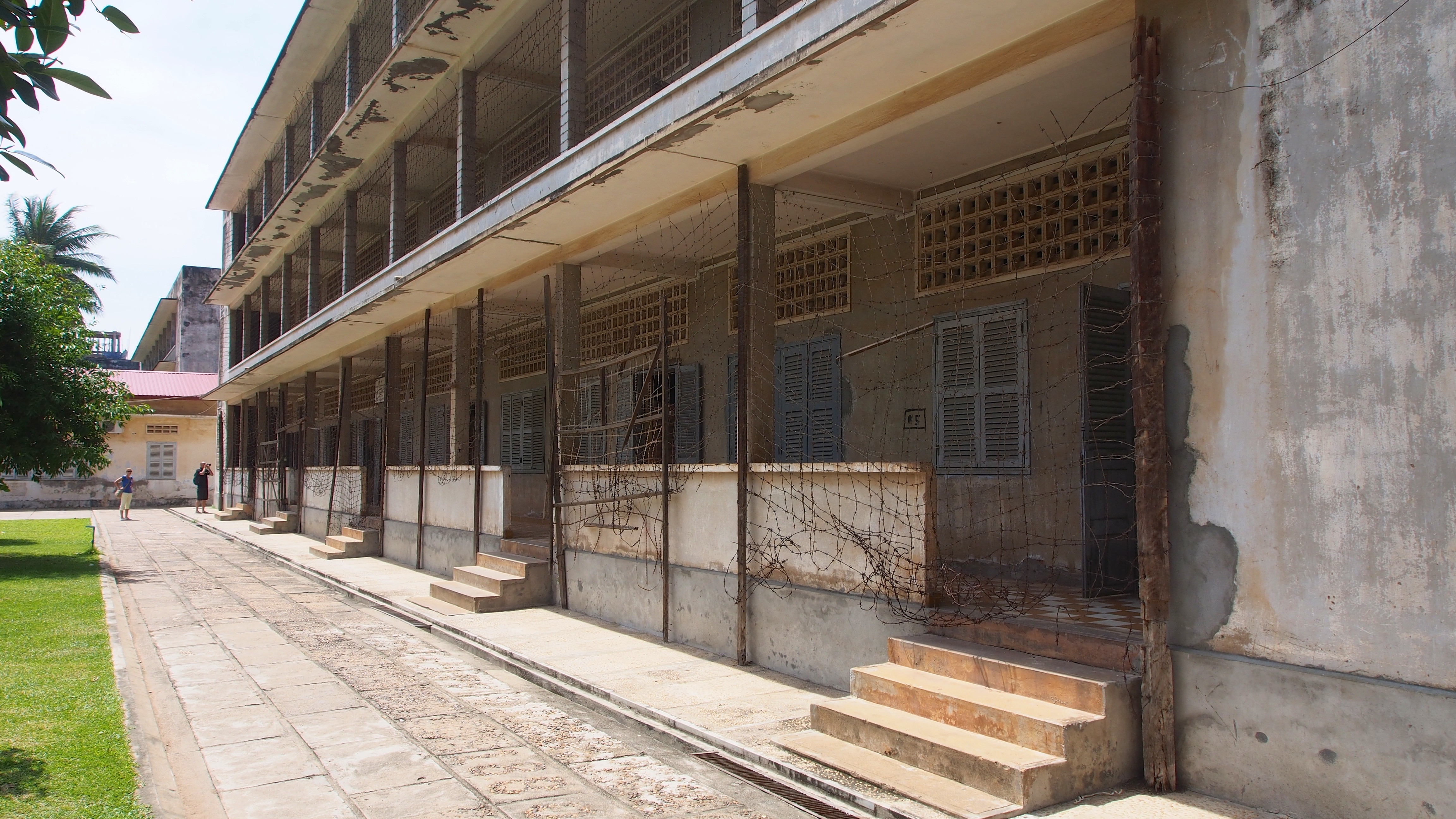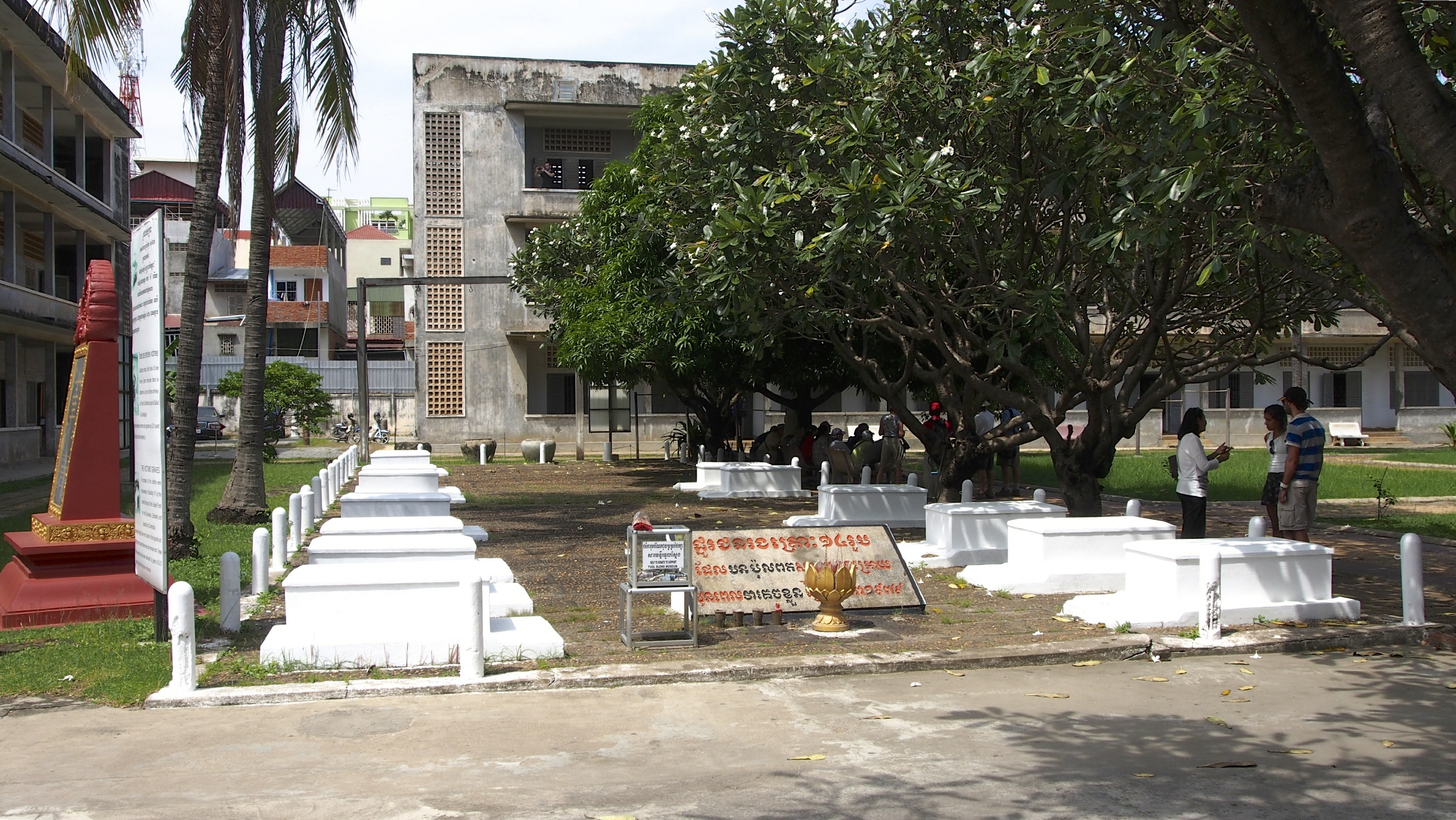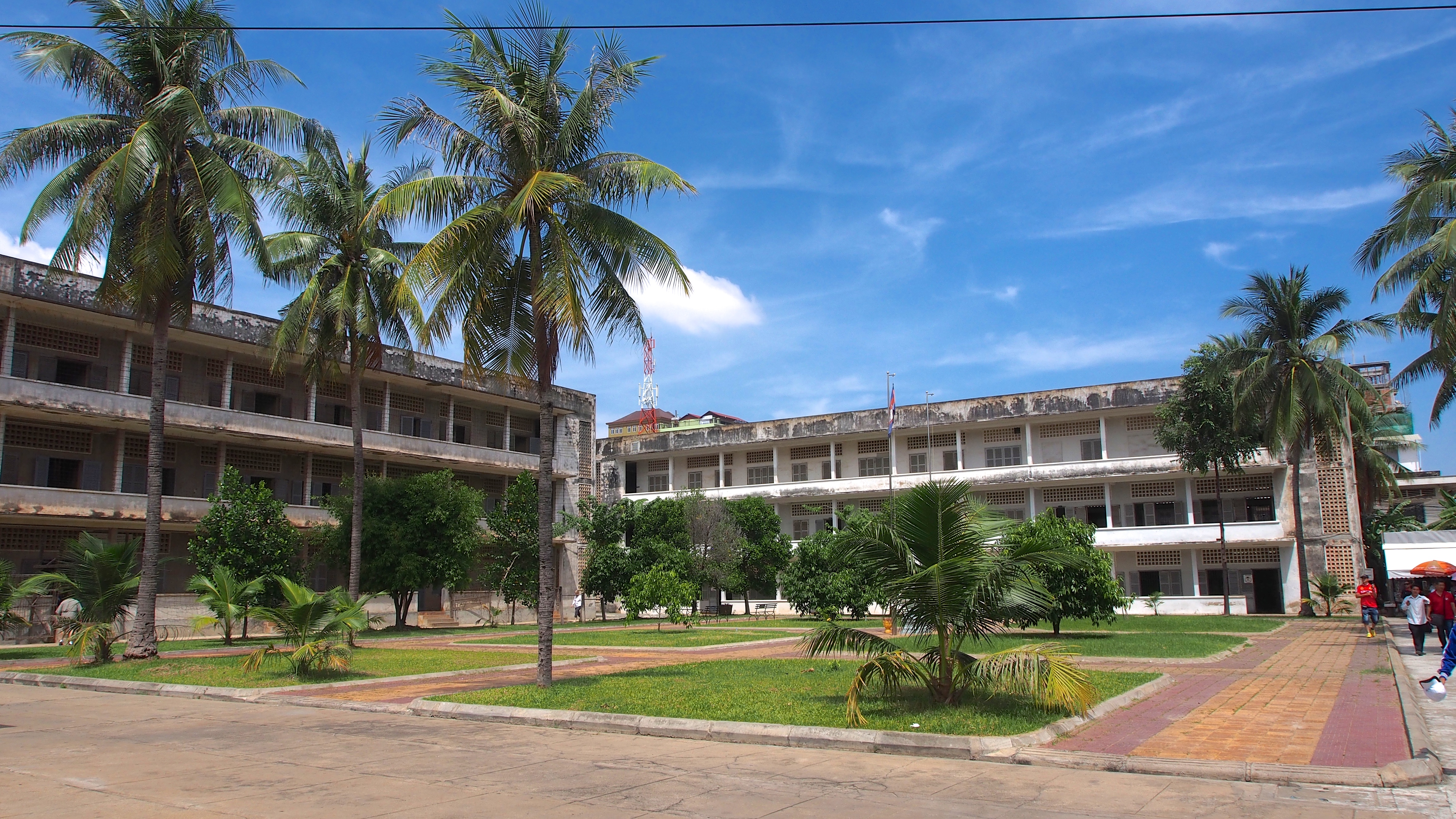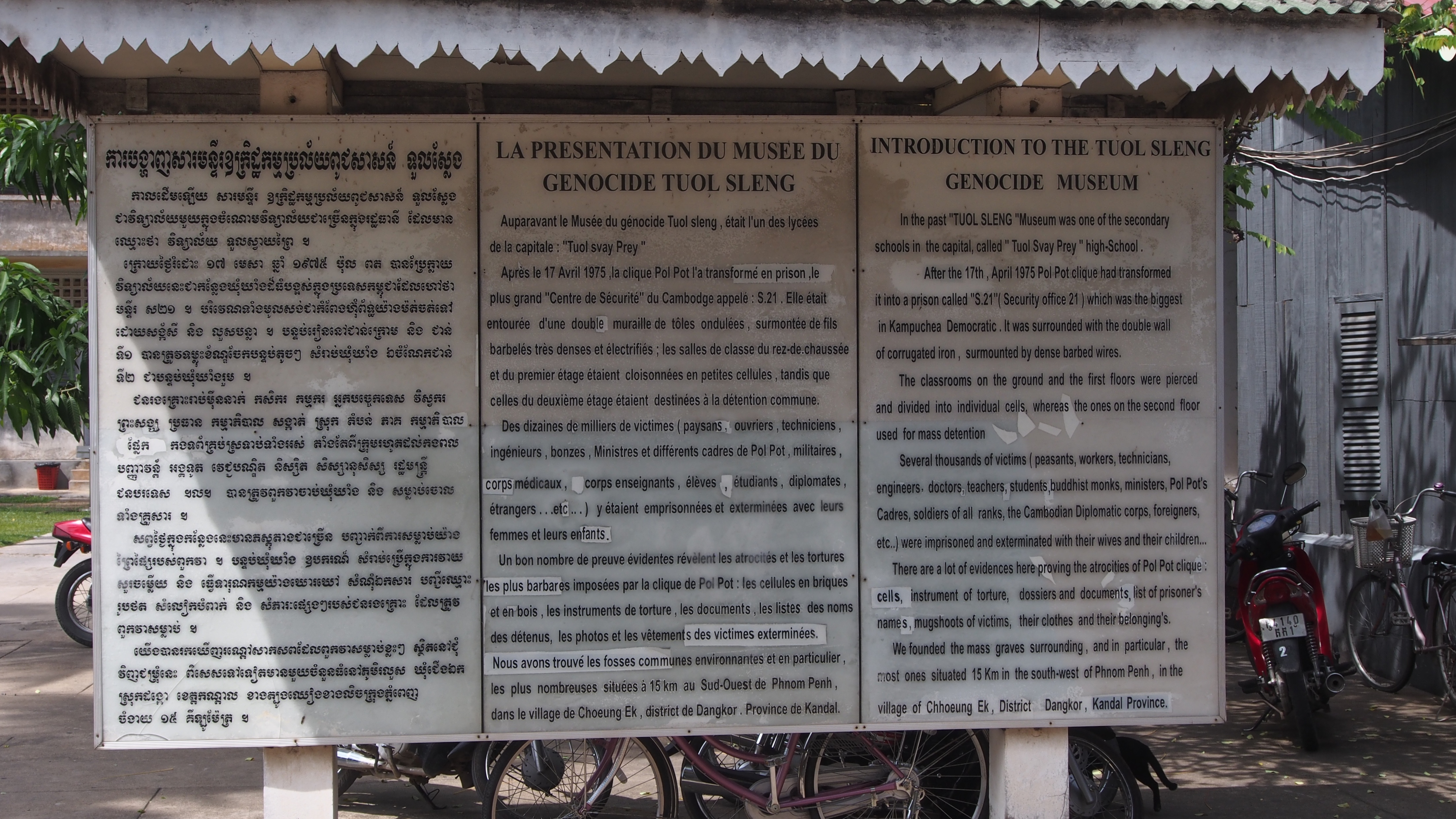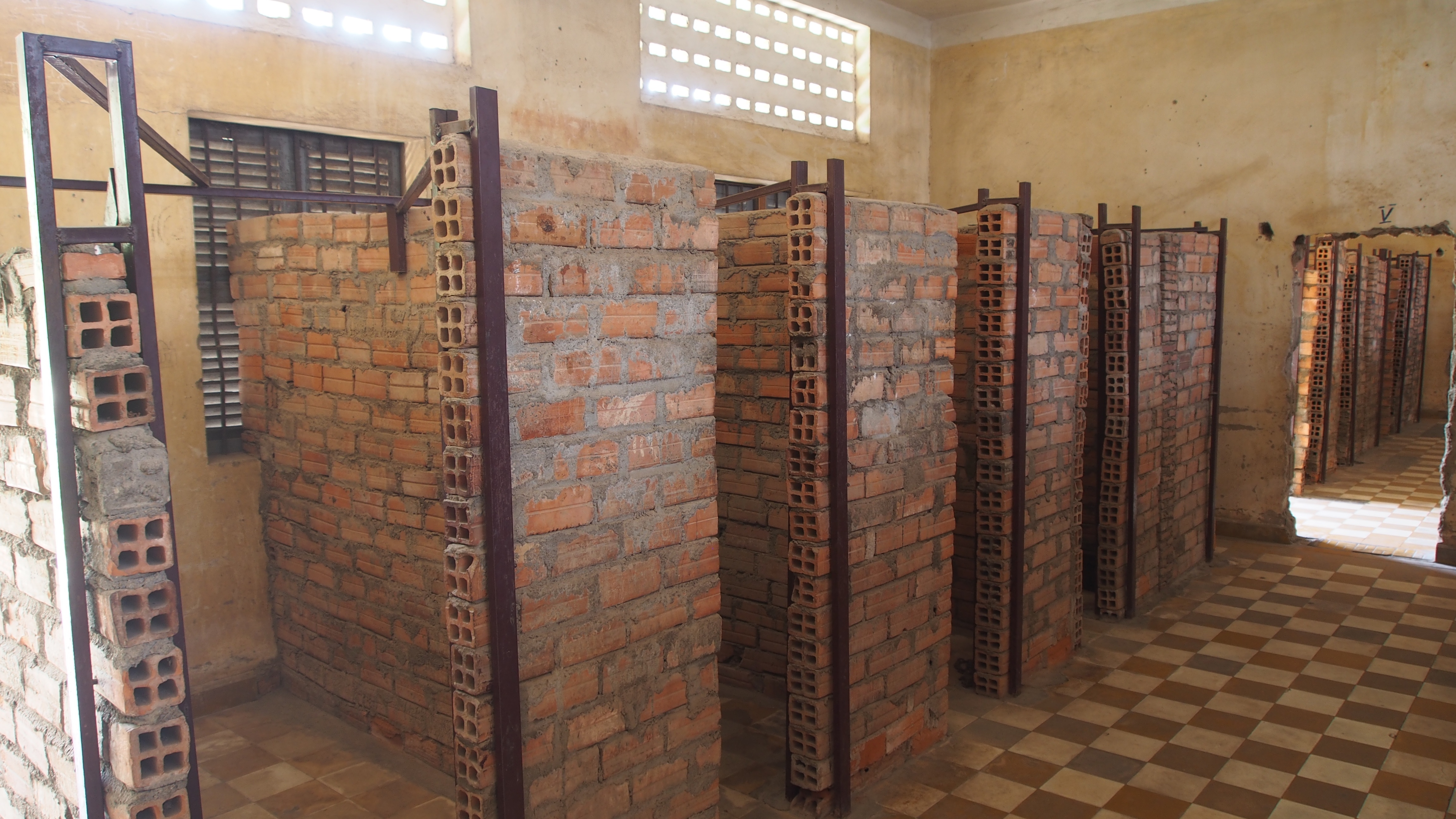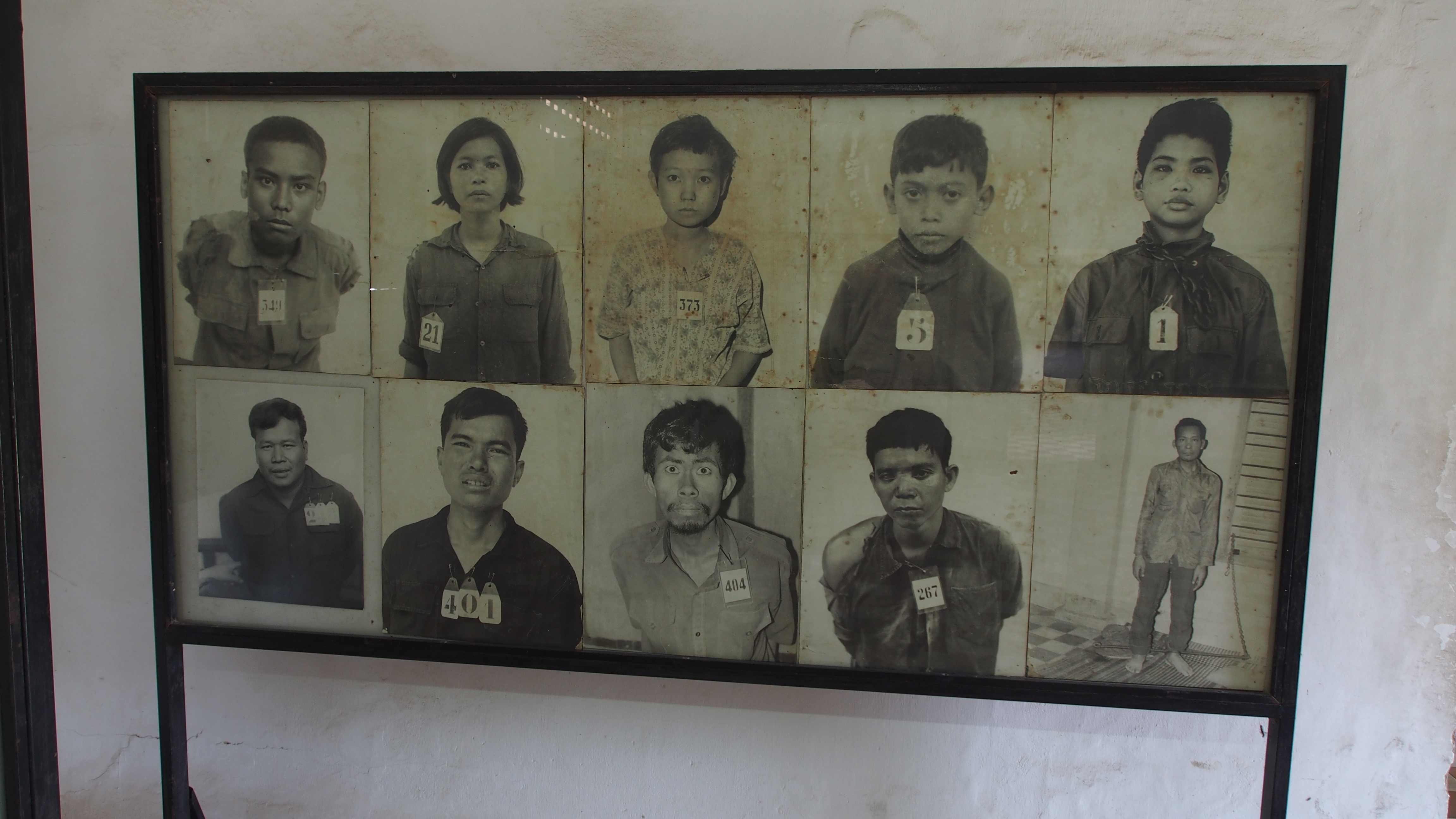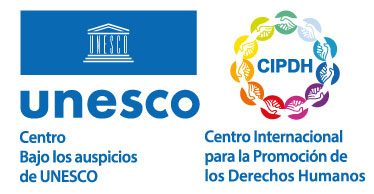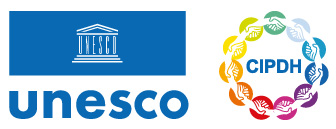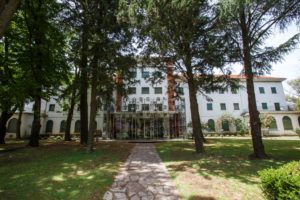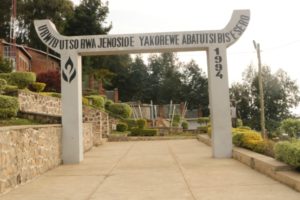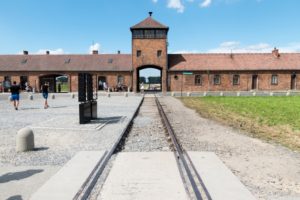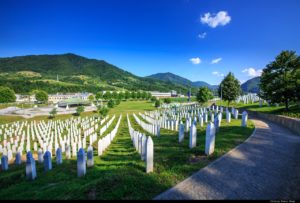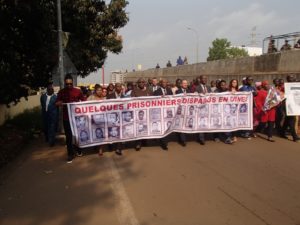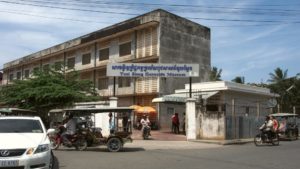Tuol Sleng Genocide Museum
Site
Archive
Theme: Genocide and/or Mass Crimes

Address
Street 113 and Street 350
Country
Cambodia
City
Phnom Penh
Continent
Asia
Theme: Genocide and/or Mass Crimes
Purpose of Memory
To honor the victims of the crimes committed by the Khmers Rouges who were prisoners in the prison S-21.
Institutional Designation
Tuol Sleng Genocide Museum
Date of creation / identification / declaration
1980
Public Access
Free
UNESCO Connection
2009: The Tuol Sleng Genocide Museum Archives is registered on UNESCO Memory of the World Register.
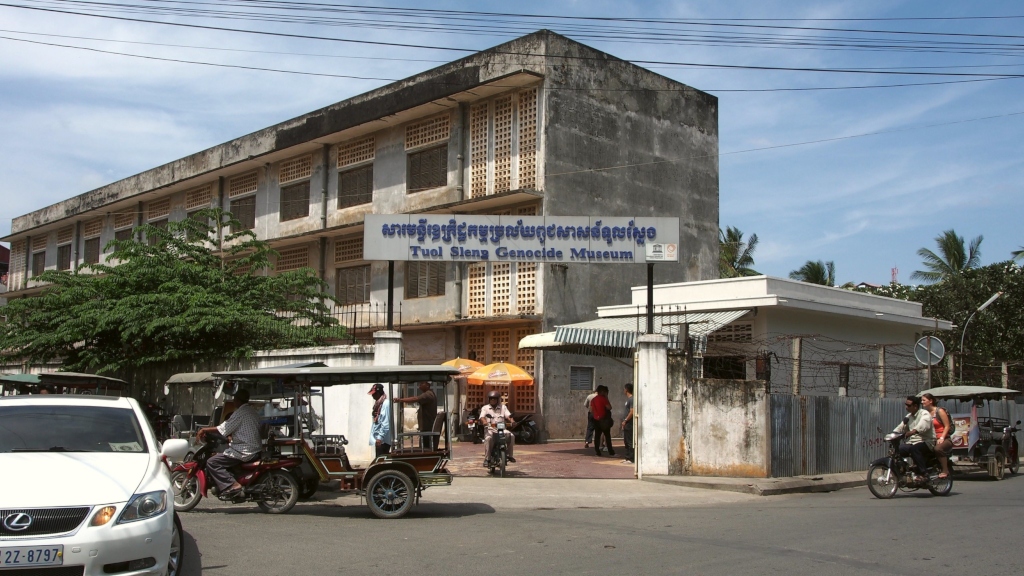
Location description
The Tuol Sleng Genocide Museum is located in the same place where the so-called Security Prison 21 (S-21) once operated. It consists of four buildings that, before becoming an interrogation, torture and execution center (between 1975 and 1979), were part of the old Tuol Svay Prey School.
The spaces that were used as torture rooms can be found in the “A” building. Those spaces that were used as cells can be found in the “B”, “C” and “D” buildings. At present, hundreds of photographs of victims are displayed in the “B” building and there is a place with the words of victims and perpetrators in the “D” building. In the backyard, the graves of the last 14 victims found on the site are protected as well as a monument that honors the victims of the Khmers Rouges.
The museum houses an archive that preserves the documents and instruments that were used for tortures, as well as photographs and works of art.
Between 1975 and 1979, after five years of civil war in Cambodia, developed within the context of the Cold War and as a result of the Vietnam War, the Maoist agrarian organization called Khmer Rouge (Khmer Krahom, in Cambodian), the armed wing of the Communist Party of Kampuchea, seized power. It is calculated that during that period, about a quarter of the population, estimated at no less than one and a half million people, died at the hands of the Khmers Rouges due to tortures, executions and forced labor. S-21, also known as “Office 21” (21 Security Prison) was created as an interrogation, torture and execution center against people considered enemies of the State, of the then-called Democratic Kampuchea. Between December 1978 and January 1979, the Vietnamese intervention accelerated the end of the Khmer Rouge regime and enabled the discovery of the secret prison S-21.
In 2006, extraordinary divisions were created in the Courts of Cambodia (a special mixed Court created in the Kingdom of Cambodia and supported by the international community represented by the United Nations) that convicted the leaders of the Khmer Rouge for crimes against humanity, war crimes and genocide and for trying to kill the Muslim Cham minority and the Vietnamese population in Cambodia.
Initially, the secret prison S-21, a former interrogation, torture and execution center, was saved for private visits, until 1980 when it was turned into a museum according to the plans of General Mai Lam, the curator of what was then called the War Remnants Museum in the city of Ho Chi Minh.
The Tuol Sleng Genocide Museum was inaugurated on April 17, 1980 (anniversary of the conquest of Phnom Penh by the Khmers Rouges in 1975), and Ung Pech, a survivor of S-21, was appointed as its first Director. In 1987, a wooden estupa (Buddhist architecture made to contain relics) was built in one of the backyards and used as a center point for ceremonies until it collapsed at the beginning of the first decade of the 21st century. In 2015, a new estupa was inaugurated in the presence of government officials, donors and staff of the Extraordinary Chambers in the Courts of Cambodia. The monument honors all the victims of the Democratic Kampuchea and is surrounded by plaques with the names of all S-21 victims.
The Museum works as a space where education, reflection and religion play a main role. Different religious ceremonies mark the activities of the museum throughout the year, in particular the Pchum Ben festival (Ancestors’ Day) where official representatives, Buddhist monks and visitors attend and participate.
